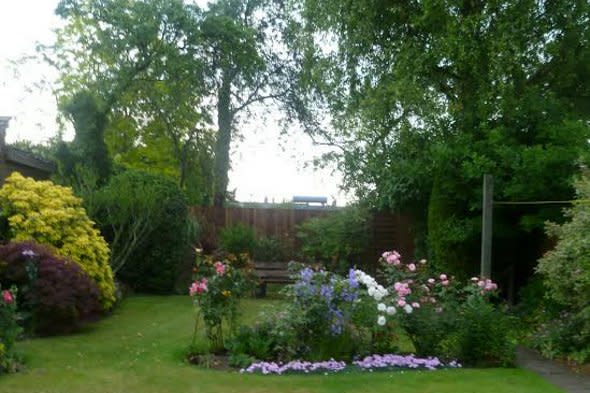'Eco-friendly' block steals Cambridge resident's light

Cambridge planners have come under fire for approving an eco-building that overlooks one woman's house and - she says - steals all the light from her garden.
Anita Harmer, 63, says the building, now nearing completion, is 'horrendous': just feet from her garden fence and with windows that look straight into her home.
"It's a monstrosity. It's massive because it's this eco-thing and presumably they need the roof for the solar panels," she tells the Cambridge News.
"I just hate having my light taken – it's a bit like suddenly having a very tall prison wall erected."
Cambridge City Council's planning committee approved the two-storey Passivhaus in 2013, but ordered the roof to be lowered from the original design because of concerns from neighbours.
However, Mrs Harmer says she wasn't made aware just how big the impact of the building would be.
"I knew it was going to have a high roof but it's so near my fence, it's just absolutely horrendous," she says.
"When someone like me looks at a plan you have no idea what it means – you really need somebody to show you how it's going to look from your perspective."

Just as estate agents use tricks of perspective to try and make properties look bigger in photographs, so too developers try to minimise the impact of their buildings in the plans and drawings they submit.
Placing the viewer at a higher vantage point, for example, can make buildings look lower than they really are, and screening such as trees can be made to look more effective.
Two years ago, for example, Oxford City Council approved university accommodation that 'vandalised' famous views across watermeadows, on the basis of misleading drawings.
In Switzerland, planners attempt to deal with the problem by ordering 'mock-ups' of proposed buildings, using metal poles, balloons - and even, in the case of high-rise buildings, hovering helicopters - to mark out their size and height.
In Finland, meanwhile, augmented reality software allows people to superimpose models of proposed new developments onto the landscape around them and walk around in real time.
Meanwhile, Mrs Harmer says she's so upset by the new building that she's considering moving - although she's worried that it will affect the value of her home.
"You just assume the planning committee is going to be sensible or considerate, even if it's within the legal parameters," she says.





